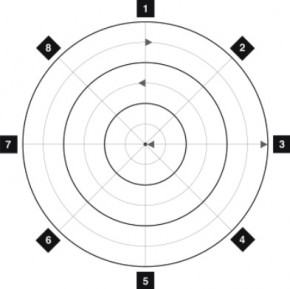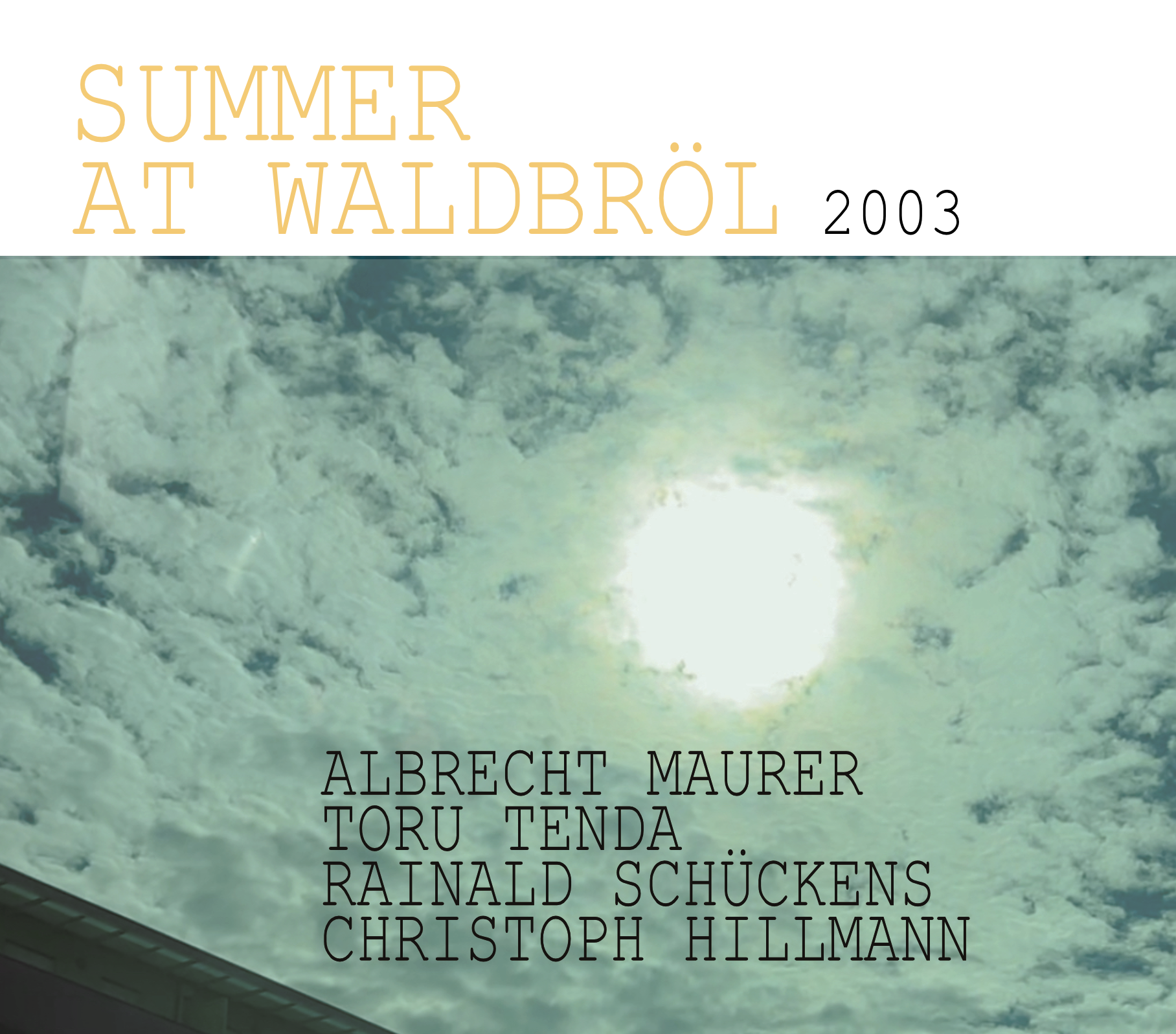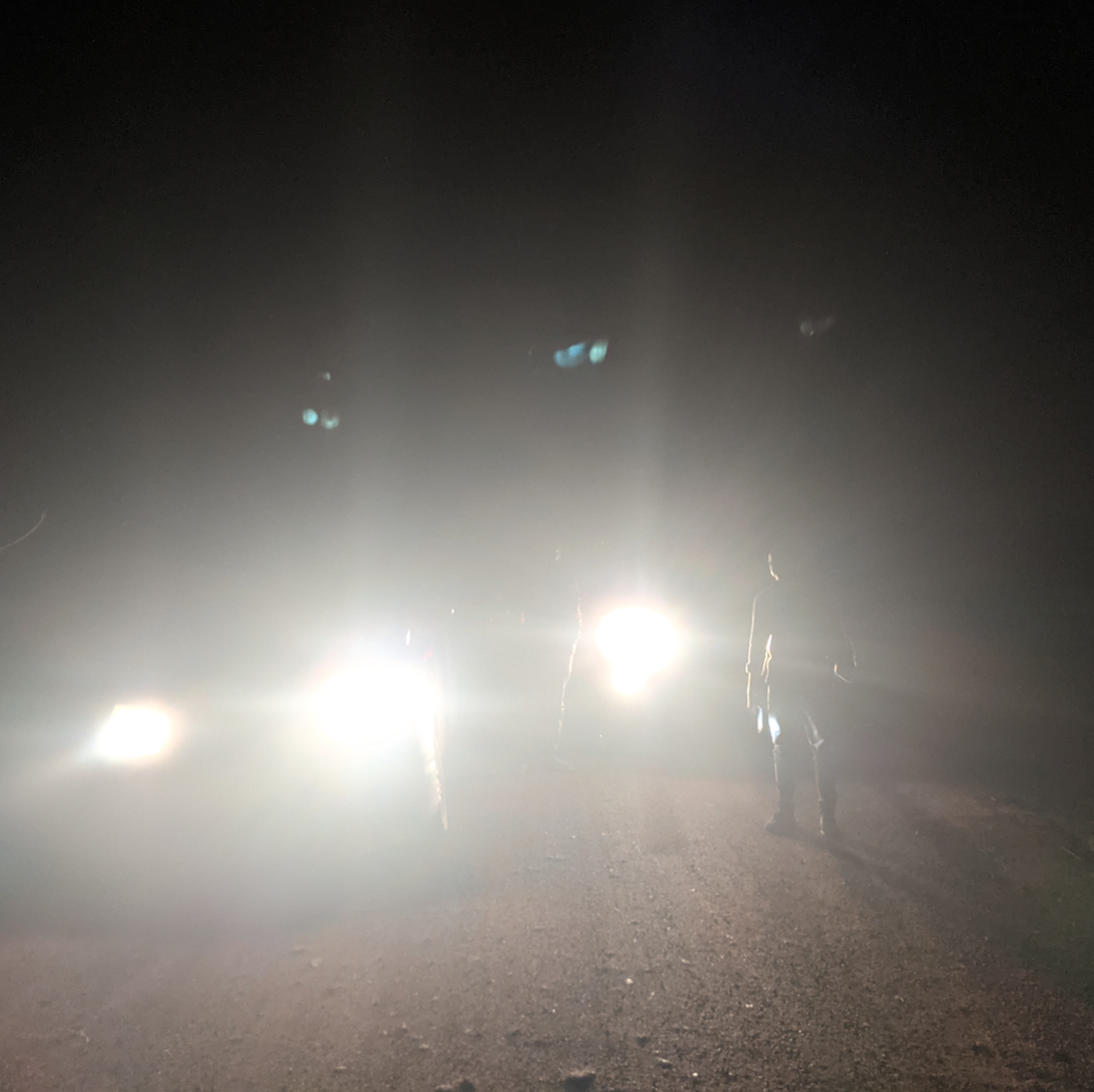8-Channel Installation by Ephraim Wegner
The sound installation „Die fetten Jahre“ by Ephraim Wegner deals with the music of the economic miracle up to the German Unification. This period was chosen, because the music market and its development both intensely reflect and comment on social processes in those days. Besides this title hints at the end of the support programme of the Federal Cultural Foundation for new music in 2012.
Collected snippets of music pieces serve as basic material, and are chronologically sorted and processed:
1950 Fats Domino – The Fat Man
1951 Mario Lanza – Be My Love
1952 Rosemary Clooney – Half As Much
1953 Les Paul & Mary Ford – In The Good Old Summertime
1954 Patti Page – Changing Partners
1955 Nat King Cole – A Blossom Fell
1956 Sanford Clark – The Fool
1957 Jonny Mathis – It´s Not For Me To Say
1958 David Seville – Witch Doctor
1959 Ricky Nelson – It´s Late
1960 Everly Brothers – Let It Be Me
1961 Brenda Lee – Dum Dum
1962 Dion – Runaround Sue
1963 Tornadoes – Telstar
1964 Reflections – (Just Like) Romeo & Juliet
1965 Beatles – Eight Days A Week
1966 David Houston – Almoust Persuaded
1967 Lesley Gore – California Nights
1968 Blue Cheer – Summertime Blues
1969 Zombies – Time Of The Season
1970 Jay & The Americans – Walkin’ In The Rain
1971 Ocean – Put Your Hand In The Hand
1972 Don McLean – Vincent
1973 Loggins & Messina – Your Mama Don´t Dance
1974 Helen Reddy – You And Me Against The World
1975 Leo Sayer – Long Tall Glasses (I Can Dance)
1976 Dr. Hook – A Little Bit More
1977 Glen Campbell – Southern Nights
1978 Rolling Stones – Beast Of Burden
1979 Leif Garrett – I Was Made For Dancin’
1980 Bob Seger – Fire Lake
1981 Devo – Whip It
1982 Billy Joel – Pressure
1983 Styx – Don´t Let It End
1984 Cyndi Lauper – Girls Just Want To Have Fun
1985 Howard Jones – Things Can Only Get Better
1986 Bangles – Manic Monday
1987 Janet Jackson – Let´s Wait Awhile
1988 Gloria Estefan & Miami Sound Maschine – 1-2-3
1989 Simply Red – If You Don´t Know Me By Now
A camera focused from above on the installation films the audience and localises the movement of the visitors. The originated data are translated into sound by means of the granular synthesis. The circumference serves as navigator through the chosen period while the radius of the circle is used to control the grainsize.
So the visitor can move himself through the chosen period on an agreed co-ordinate system which has eight sectors. Every sector regulates one speaker on which the correlated music scraps sound differently. Thus all titles of the different types of music are reassembled into new homogeneous soundscapes.
Operating manual and content
Especially for this installation Alexander Grebtschenko created following composition: In every sector the word “Inhalt” can be heard in different pitches. The performer moves through the voice recordings step by step. The tempo and the number of the steps define the way the sound material is played. Moving slowly causes the respective cutting of the original signal, multiplicated with constant pitch. Quicker steps correspond to an arrangement of cuttings which have been separated primarily. In addition, the motion sequences are linked with the word syllables of a self-written manual. So the work plays with the speech intelligibility of the synthetically reproduced signal as well as with the spoken text. At the same time it is an introduction of the sound installation. The composition is performed by Daniel Agi.
Die Klanginstallation „Die fetten Jahre“ von Ephraim Wegner widmet sich der veröffentlichten Musik in der Zeit vom Wirtschaftswunder bis zum Mauerfall. Dieser Zeitraum wurde gewählt, da sich der Musikmarkt und dessen Entwicklung stark in der aktuellen Musik widerspiegelt. Der Titel spielt zudem auf das Ende des Förderprogramms der Kulturstiftung des Bundes für Neue Musik im Jahr 2012 an.
Gesammelte Schnipsel von Musikstücken aus dieser Zeitspanne dienen als Ausgangsmaterial welches, chronologisch sortiert, weiter verarbeitet wird. Hier eine Übersicht der verwendeten Titel:
1950 Fats Domino – The Fat Man
1951 Mario Lanza – Be My Love
1952 Rosemary Clooney – Half As Much
1953 Les Paul & Mary Ford – In The Good Old Summertime
1954 Patti Page – Changing Partners
1955 Nat King Cole – A Blossom Fell
1956 Sanford Clark – The Fool
1957 Jonny Mathis – It´s Not For Me To Say
1958 David Seville – Witch Doctor
1959 Ricky Nelson – It´s Late
1960 Everly Brothers – Let It Be Me
1961 Brenda Lee – Dum Dum
1962 Dion – Runaround Sue
1963 Tornadoes – Telstar
1964 Reflections – (Just Like) Romeo & Juliet
1965 Beatles – Eight Days A Week
1966 David Houston – Almoust Persuaded
1967 Lesley Gore – California Nights
1968 Blue Cheer – Summertime Blues
1969 Zombies – Time Of The Season
1970 Jay & The Americans – Walkin’ In The Rain
1971 Ocean – Put Your Hand In The Hand
1972 Don McLean – Vincent
1973 Loggins & Messina – Your Mama Don´t Dance
1974 Helen Reddy – You And Me Against The World
1975 Leo Sayer – Long Tall Glasses (I Can Dance)
1976 Dr. Hook – A Little Bit More
1977 Glen Campbell – Southern Nights
1978 Rolling Stones – Beast Of Burden
1979 Leif Garrett – I Was Made For Dancin’
1980 Bob Seger – Fire Lake
1981 Devo – Whip It
1982 Billy Joel – Pressure
1983 Styx – Don´t Let It End
1984 Cyndi Lauper – Girls Just Want To Have Fun
1985 Howard Jones – Things Can Only Get Better
1986 Bangles – Manic Monday
1987 Janet Jackson – Let´s Wait Awhile
1988 Gloria Estefan & Miami Sound Maschine – 1-2-3
1989 Simply Red – If You Don´t Know Me By Now
Eine von oben auf die Installation gerichtete Kamera filmt das Publikum und lokalisiert dessen Bewegung. Die dabei entstehenden Daten werden mittels Granularsynthese in Klang übersetzt. Der Kreisumfang dient dem Navigieren durch den gewählten Zeitraum während der Radius des Kreises zum steuern der Grainsize eingesetzt wird.
Auf diese Weise kann sich der Besucher auf einem festgelegten Koordinatensystem, das aus acht Sektoren besteht, durch den gewählten Zeitraum bewegen. Jeder Sektor verfügt über einen Lautsprecher auf dem die ihm zugeordneten Musikschnipsel unterschiedlich erklingen. Sämtliche Titel verschiedener Stilrichtungen verbinden sich so zu einem neuen homogenen Klanggeflecht.
Bedienungsanleitung und Inhalt
Alexander Grebtschenko komponierte, eigens für die Installation, ein Werk bei welchem pro Sektor das Wort “Inhalt” in verschiedenen Tonhöhen zu hören ist. Der ausführende bewegt sich schrittweise durch die Sprachaufnahme. Das Tempo und die Anzahl der Schritte bestimmen auf welche Weise das Klangmaterial wiedergegeben wird. Bei langsamer Bewegung wird der jeweilige Ausschnitt des Originalsignal, bei gleich bleibender Tonhöhe, vervielfältigt. Schnellere Schrittfolgen entsprechen einer Zusammenstellung von Ausschnitten die ursprünglich von einander getrennt waren. Darüber hinaus sind die Bewegungsabläufe mit den Wortsilben einer selbst verfassten Betriebsanleitung verknüpft. Auf diese Weise spielt das Werk mit der Sprachverständlichkeit des synthetisch wiedergegebenen Signal als auch dem des gesprochenen Text. Gleichzeitig dient es als Einleitung in die Funktionsweise der Klanginstallation. Die Komposition wird durch Daniel Agi aufgeführt.




